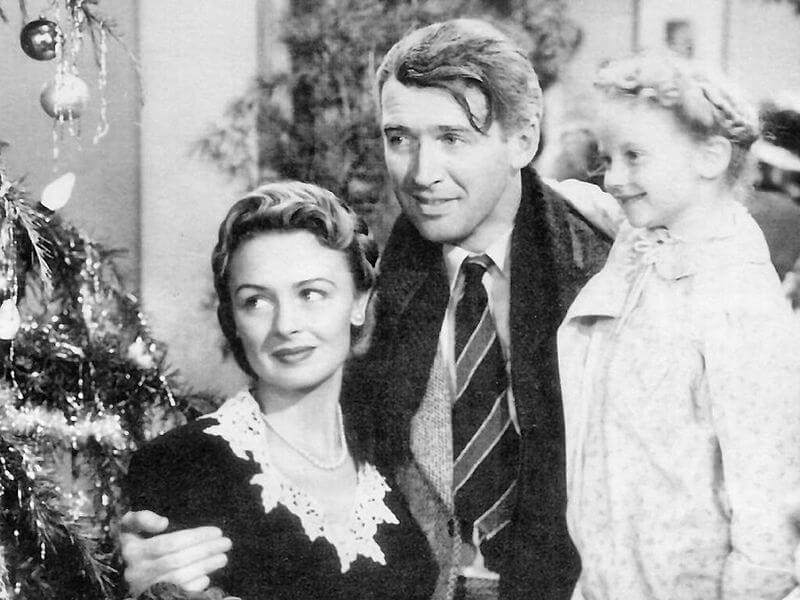Twelve (Christmas) Tips To Make Your Virtual Events Go Off With A Bang In 2021!
- Virtual events will be an increasingly important element in the marketing toolkit moving forward
- There’s still a lot that marketers can do to improve the attendee experience across the virtual event lifecycle
- Read these 12 tips to deliver more impactful virtual events in 2021
People have been celebrating Christmas with a wide variety of gatherings and parties for hundreds of years. However, this year will be the first in which holiday celebrations will be celebrated with such a large number of virtual events and gatherings. Many people are thinking about how they can make these interactions meaningful: whether that’s virtual Zoom lunches, online board games, or shared virtual viewings of It’s a Wonderful Life!
Marketers dealt with the same challenges throughout 2020 as they were forced to cancel plans for in-person events. Over the course of this year, we’ve learned a lot about how to design and deliver impactful virtual events. To round off our series of Christmas blog posts, I’m going to share 12 tips to make your virtual events go with a bang in 2021!

Pre-Event
- Start by considering the persona you’re targeting and where they are on their buyer’s journey before you decide on a virtual event format. You wouldn’t invite your elderly grandparents to a raucous party, so why invite late-stage C-level executives to an educational webinar when a high-touch virtual networking event would be more appropriate?
- Create the right organizational interlocks. In the same way that careful coordination in the kitchen on Christmas day is key to a successful meal, virtual events rely on careful synchronization between the events, demand, digital, operations, and sales teams.
- Families often map out plans for the holidays, with busy days hosting guests followed by quieter days spent outdoors. Think about your virtual events as integral elements of broader programs and sequence them in a similarly logical fashion.
- Simplifying preparations can help make the holidays a less stressful time, and with so many competing virtual events, make the registration and communication process as simple as possible for attendees. Consider experimenting with tactics like formless registration and conversational marketing.
At-Event
- People spend a lot of time decorating their homes to create the right atmosphere. Make sure that you’re thinking about your virtual event in the same way. How you brand your platform, the content you provide, and the way your hosts deliver and engage with one another can go a long way to creating the atmosphere you want.
- The game of charades is a perennial favorite at holiday gatherings because of the interaction it creates. For many people, it doesn’t feel like an event has started until they’ve had the opportunity to interact. Make sure to use plenty of interactive elements like polls and integrated social posting.
- From carol concerts to office parties, Christmas is traditionally a time for activities that bring people together. This is a challenge with virtual events. Think about how you can integrate some experiential elements to help attendees engage with one another. And remember that, just like at a big party, it can be as difficult to chat at a virtual event, so consider setting up some breakout rooms where sales can engage with attendees.
- Partners often drop very obvious “hints” about what gifts they’d like in the run up to Christmas. Marketers need to make sure there are plenty of opportunities for virtual event attendees to signal if they’ve got a particular business challenge they need help with right now. Carefully worded polls and interactive CTAs like “request a demo” are good examples. And as my colleague Alisa Groocock pointed out on day one, remember there’s also a place for carefully planned gifts as part of the virtual event experience!
Post-Event
- Children (and quite a few adults) write Christmas lists to prevent any unpleasant surprises on Christmas morning. Virtual events are new for many sales reps, so marketers need to be similarly clear when articulating expectations around the role sales is expected to play across the virtual event lifecycle.
- People always appreciate a thoughtful thank-you letter. Make sure you’re using the insight you’ve gathered during the event to deliver a well-considered and personalized follow-up to all your attendees. And think about the different channels available. In the same way you might send a mix of handwritten cards, texts, emails, and videos to friends and family, these are equally valid options after a virtual event.
- We often need to come up with inventive ways to eat up holiday leftovers. Marketers must be similarly creative when thinking how to reuse their virtual event content. Could you rerun an updated version of the event? Create standalone webinars? Or even use the content to create persona-focused landing pages?
- Post-Christmas is often a time for reflection as the New Year approaches. After you’ve run your virtual event, take the time to pull together an integrated view of event data and use it to reflect on event performance and the additional insight you’ve got into your customers.
This was the last in our series of Christmas blog posts (but look for some tips on New Year’s resolutions in January)! I hope you’ve found them useful (and occasionally fun!), and remember while the holidays may be virtual for lots of us this year, it could be worse. If you were living in Boston in the late 17th century, Christmas was actually illegal, and any demonstrations of festivities were met with a five shilling fine! Happy holidays!
